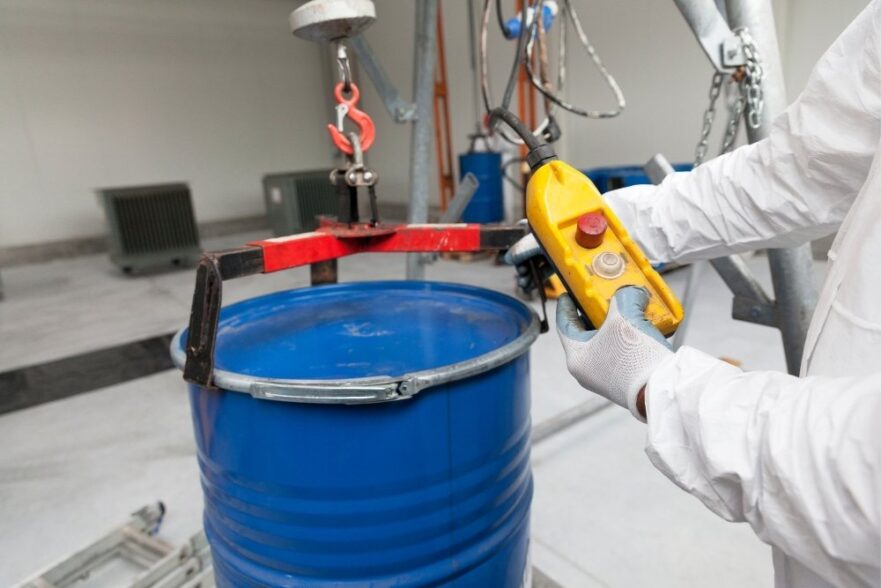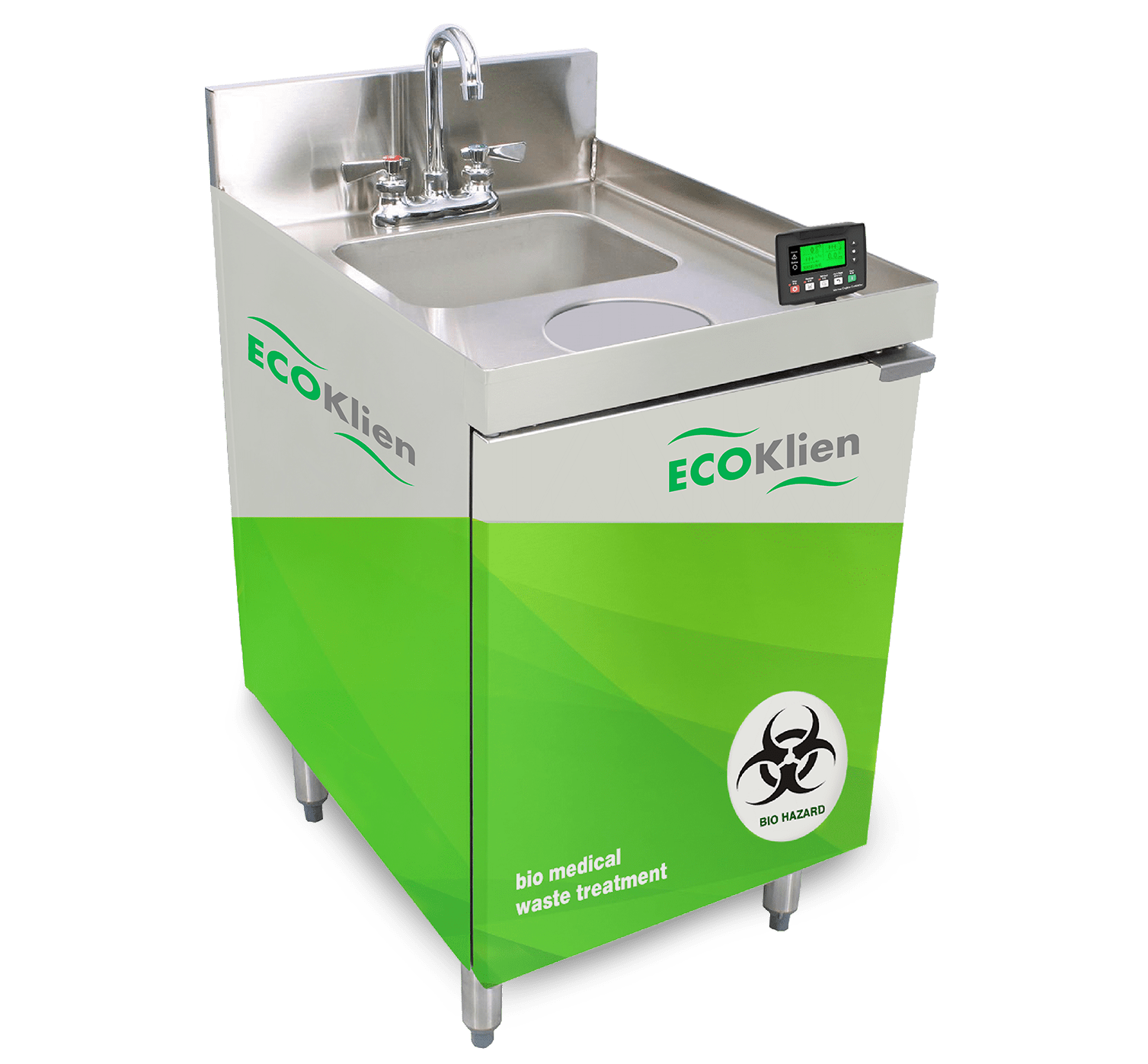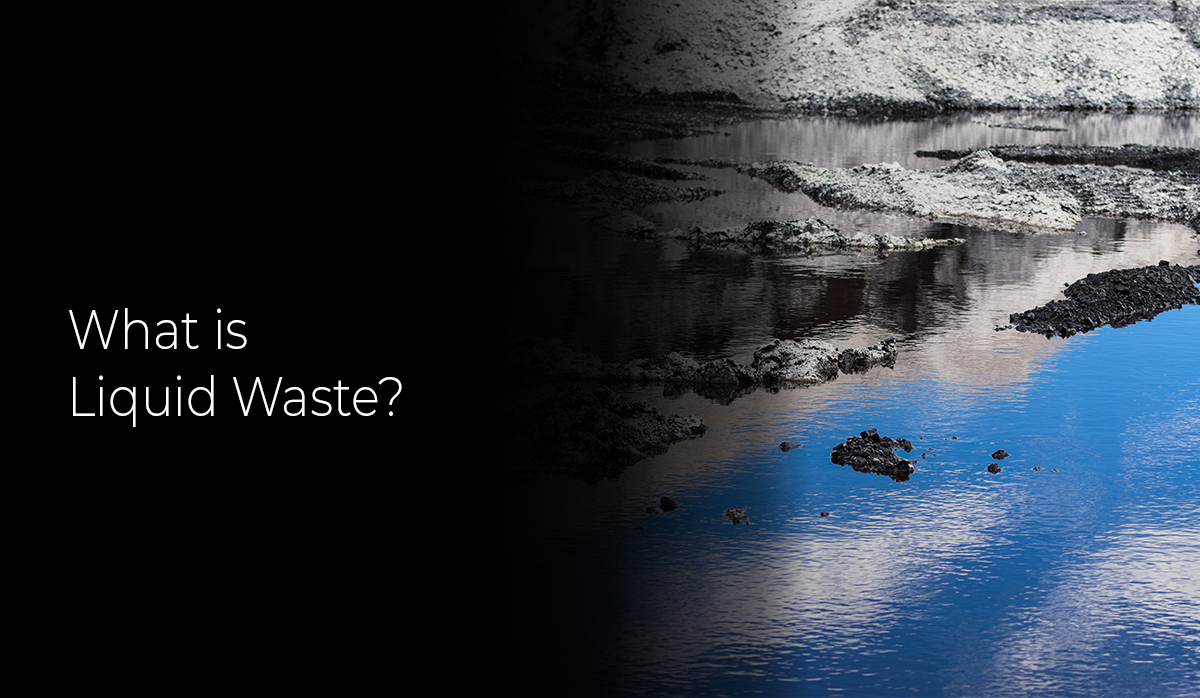Exactly How Fluid Garbage Disposal Works: A Detailed Review of Methods and Technologies Utilized

Overview of Liquid Waste Kind
The intricacy of fluid waste kinds demands a comprehensive understanding of their attributes and effects for disposal. Liquid waste can extensively be categorized into numerous types, consisting of industrial, municipal, agricultural, and dangerous waste. Each category shows distinctive residential properties, calling for certain administration techniques to minimize environmental and health and wellness threats.
Industrial fluid waste stems from producing procedures and often has a series of impurities, such as hefty steels, solvents, and natural substances. Municipal fluid waste, mostly comprising wastewater from houses and industrial facilities, consists of raw material, nutrients, and microorganisms (industrial wastewater treatment). Agricultural fluid waste, including drainage from farms, may contain fertilizers, pesticides, and pet waste, posturing threats to water top quality and ecological communities
Hazardous liquid waste is characterized by its poisoning, reactivity, or prospective to cause harm. This category consists of compounds like acids, bases, and specific chemicals that necessitate rigid handling and disposal methods. Recognizing these varied fluid waste types is critical for establishing reliable disposal approaches and ensuring conformity with environmental guidelines. Proper category and characterization are crucial for executing proper therapy strategies and reducing the negative impacts on public health and wellness and the environment.
Physical Treatment Approaches

Testing is the preliminary action, where larger particles and debris are gotten rid of from the fluid waste utilizing screens or grates. This procedure protects downstream equipment from damages and ensures smoother procedure. Adhering to screening, sedimentation utilizes gravitational force to separate solids from liquids. In sedimentation storage tanks, larger bits clear up at the bottom, developing a sludge layer, while the cleared up fluid can be further treated.
Purification is one more important method that involves passing the liquid through permeable materials, such as sand or membrane layers, to catch smaller sized fragments. This action boosts the high quality of the fluid, making it appropriate for succeeding therapy processes.

Chemical Therapy Methods
Chemical treatment methods are necessary for successfully managing fluid waste, especially in addressing liquified and colloidal impurities that physical techniques might not sufficiently get rid of. These methods use various chemical representatives to neutralize, speed up, or change harmful compounds right into much less unsafe forms.
One typical technique is coagulation and flocculation, where chemicals such as alum or ferric chloride are included in advertise the gathering of put on hold particles. This process improves sedimentation, permitting easier elimination of the resulting sludge. Furthermore, oxidation procedures, employing agents like chlorine or ozone, are utilized to damage down complicated natural compounds and pathogens, providing the waste more secure for discharge or more therapy.
Neutralization is an additional important technique, which changes the pH of acidic or alkaline waste streams to neutral degrees, avoiding prospective harm to downstream systems and the setting. In addition, advanced oxidation procedures (AOPs) make use of combinations of oxidants and ultraviolet light to weaken consistent toxins, attaining a higher level of treatment view it efficiency.
Biological Treatment Procedures
Biological treatment processes play an essential function in the administration of liquid waste by utilizing bacteria to break down organic issue and minimize impurity degrees. These processes can be broadly categorized right into cardiovascular and anaerobic treatments, each employing details microbial neighborhoods to attain reliable waste deterioration.
Cardio therapy includes making use of oxygen to assist in the breakdown of organic products by germs. This process is generally carried out in triggered sludge systems, where aeration storage tanks offer a conducive atmosphere for microbial development, resulting in the oxidation of organic contaminants. The resultant biomass can be divided from dealt with effluent with sedimentation.
On the other hand, anaerobic treatment happens in the lack of oxygen, counting on various bacteria to damage down raw material. This approach is particularly beneficial for high-strength waste, as it creates biogas, a sustainable power source, while decreasing sludge production. Technologies such as anaerobic digesters are often used in municipal and commercial applications.
Both anaerobic and cardiovascular organic therapies not only reduce the ecological effect of fluid waste yet additionally promote source recovery, making them vital components of sustainable waste monitoring strategies. Their flexibility, efficiency, and performance support their widespread application throughout moved here various sectors.
Emerging Technologies in Disposal
Cutting-edge strategies to fluid garbage disposal are quickly advancing, driven by developments in technology and a raising emphasis on sustainability. Amongst these emerging technologies, membrane layer bioreactors (MBRs) have gotten traction for their capacity to integrate organic therapy with membrane filtering, leading to top notch effluent that can be reused in various applications. MBRs allow smaller sized impacts and a lot more effective operations contrasted to conventional systems.
One more appealing growth is making use of anaerobic food digestion incorporated with nutrient recuperation modern technologies, which not only deals with liquid waste but also produces biogas and recovers important nutrients like nitrogen and phosphorus. This double benefit enhances resource efficiency and reduces environmental effect.
Furthermore, advanced oxidation processes (AOPs) are being embraced for the destruction of complicated organic pollutants. These approaches use effective oxidants and stimulants to break down pollutants at the molecular level, supplying a highly effective remedy for difficult waste streams.
Furthermore, the integration of artificial knowledge and device learning in waste monitoring systems is enhancing operational performance and predictive upkeep, resulting in decreased expenses and improved environmental compliance. These technologies mirror a considerable shift in the direction of even more sustainable and reliable fluid garbage disposal practices.
Verdict
In conclusion, reliable liquid waste disposal demands a comprehensive understanding of various strategies and innovations. By continually progressing these methods, it ends up being possible to resolve the expanding difficulties associated with fluid waste, eventually adding to environmental defense and resource recovery.
Liquid waste disposal is a crucial element of ecological monitoring, calling for a detailed understanding of numerous methods and technologies tailored to different waste kinds. Liquid waste can broadly be classified into numerous kinds, consisting of commercial, metropolitan, agricultural, their website and dangerous waste. Agricultural fluid waste, including drainage from ranches, might have plant foods, pesticides, and animal waste, positioning threats to water high quality and ecosystems.
Numerous physical treatment methods play an important duty in taking care of liquid waste effectively - industrial wastewater treatment.In conclusion, effective fluid waste disposal necessitates an extensive understanding of various methods and innovations